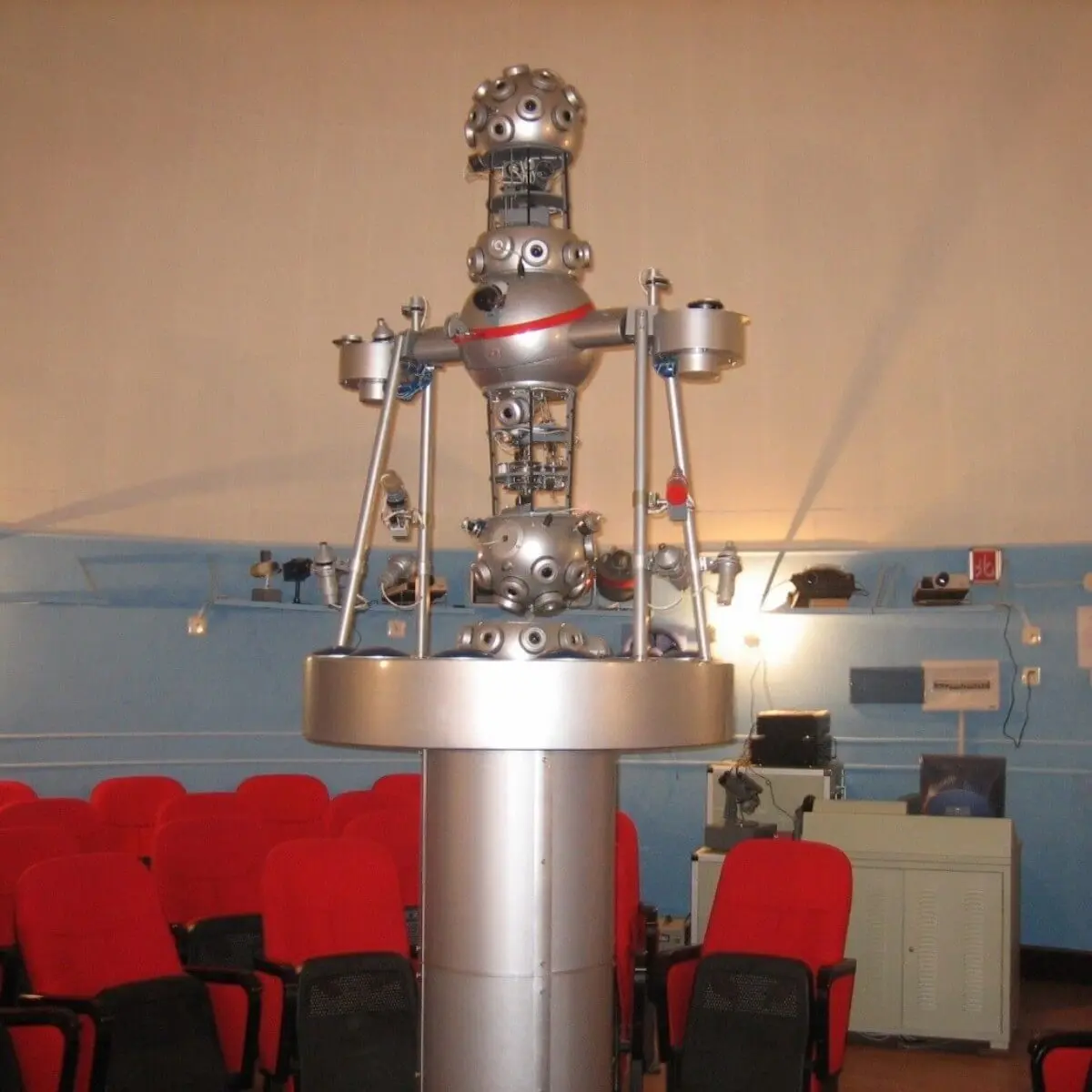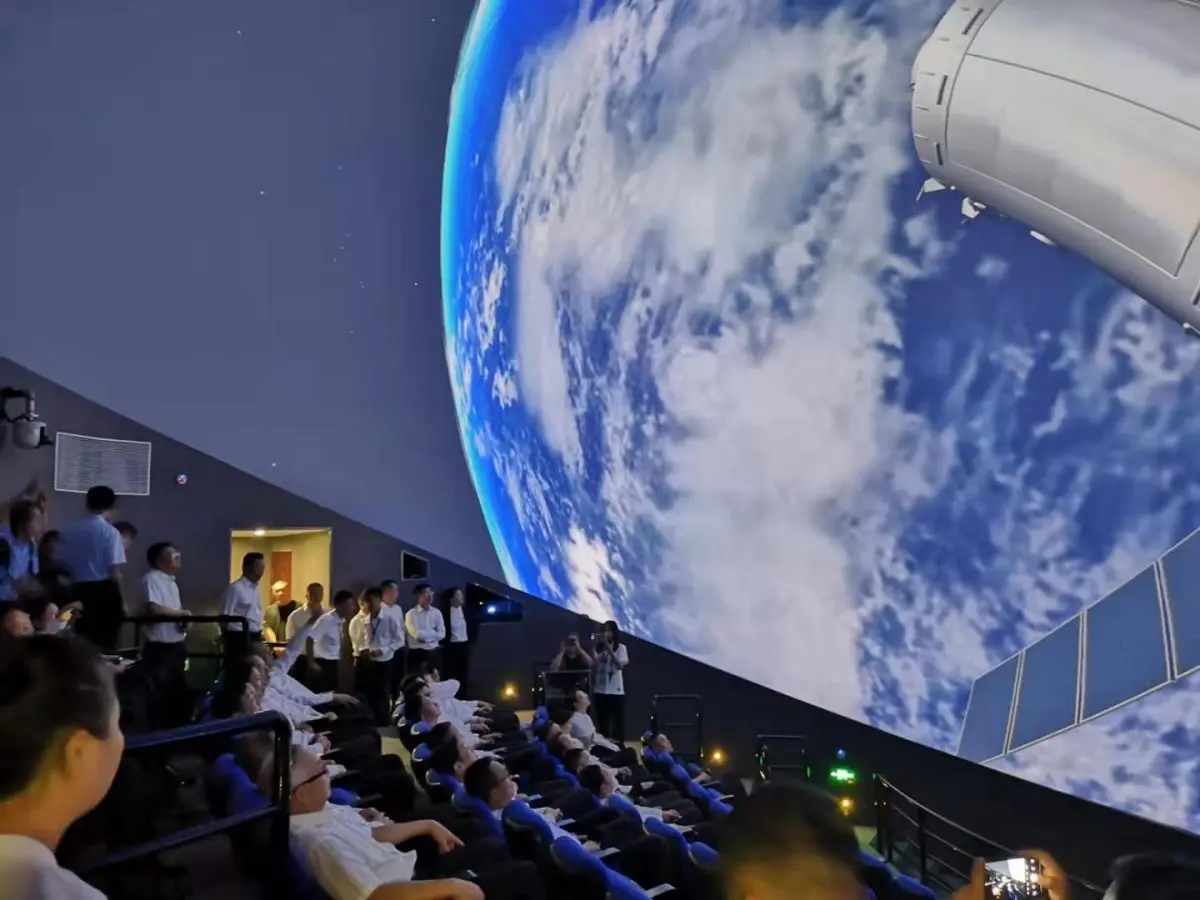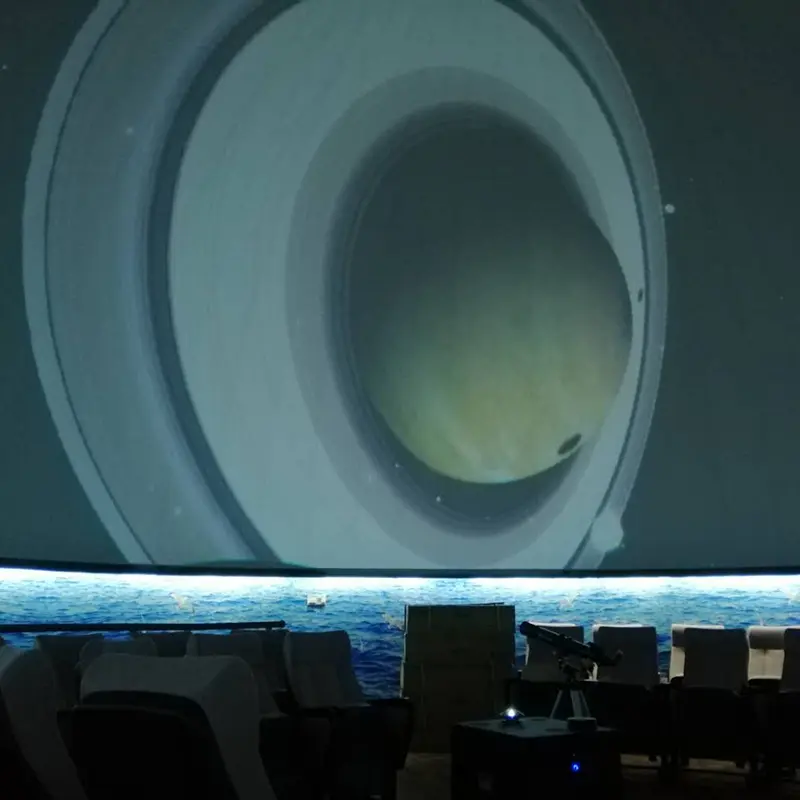The Rise of Planetariums: Advancements in Projection Domes and Systems in Schools and Science Centers
Introduction to Planetariums
Planetariums have become essential educational tools in schools and science centers, providing immersive experiences that captivate audiences of all ages. These facilities utilize advanced projection systems to simulate celestial events, making astronomy accessible and engaging. With the integration of cutting-edge technology, planetariums are evolving, offering enhanced learning opportunities through projection domes and sophisticated digital systems.
The Role of Projection Domes
At the heart of every planetarium is the projection dome, a curved surface that allows for a 360-degree view of the night sky. This unique design enables viewers to experience the cosmos as if they were truly under the stars. The projection dome serves as a canvas for various astronomical phenomena, from the movement of planets to the birth of stars. Schools and science centers are increasingly investing in high-quality projection domes to provide students with an unparalleled educational experience.

Advancements in Projection Systems
Modern planetariums are equipped with state-of-the-art projection systems that combine optical projectors and digital technology. Optical planetariums, once the standard, have been enhanced with digital projection systems that offer higher resolution and more dynamic visuals. These systems allow for the integration of real-time data, enabling educators to present current astronomical events and discoveries. The combination of optical and digital projection systems creates a rich, immersive environment that enhances learning and retention.

The Impact on Education
The integration of advanced projection systems in planetariums has a profound impact on education. Students can explore complex astronomical concepts in an engaging manner, fostering a deeper understanding of the universe. Interactive presentations and simulations encourage critical thinking and curiosity, making astronomy a subject that students are eager to explore. Furthermore, planetariums serve as community hubs, offering public shows that inspire interest in science and technology.
Conclusion
As planetariums continue to evolve with advancements in projection domes and systems, they play a crucial role in education and public engagement. The combination of optical and digital projection technologies not only enhances the visual experience but also enriches the learning process. Schools and science centers that invest in these facilities are paving the way for a new generation of astronomers and scientists, ensuring that the wonders of the universe remain accessible to all.










